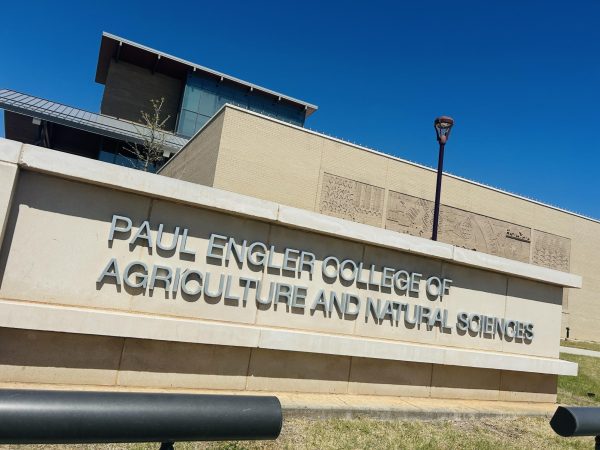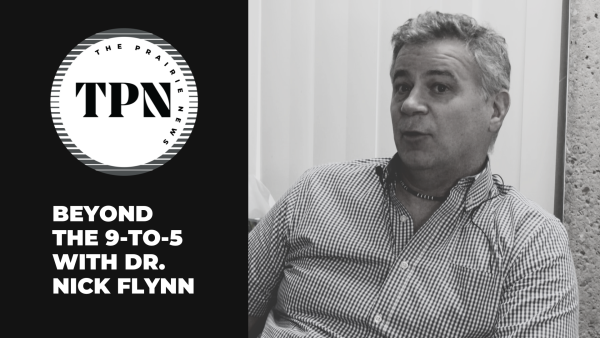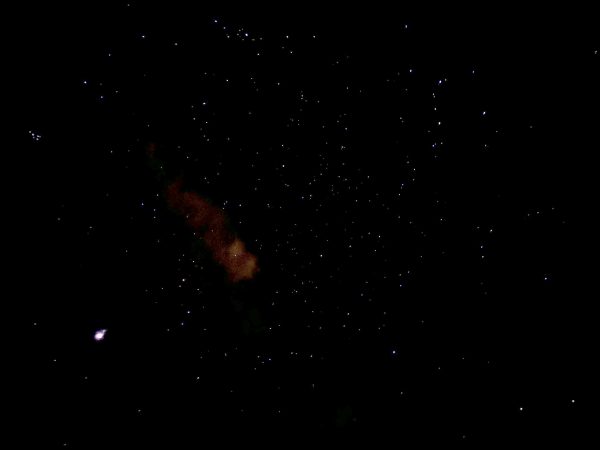Ask the Professor: Dr. Erik Crosman, assistant professor of environmental science
Dr. Erik Crosman, assistant professor of environmental science’s research interests involve weather modeling and air quality. Weather modeling involves predicting weather patterns and air quality modeling involves “using computers to measure the pollutants in the air.”
Dr. Crosman’s focus on air quality modeling and weather modeling highlights the interdisciplinary nature of his research.
“Weather modeling involves lots of computer code, and basically taking what you see outside, or what you can’t see in the case of air and turning it into lots of equations that describe how it works,” Dr. Crosman said. “I use the model, I modify [those equations]. It’s many decades of people working to put all the physics and chemistry equations [together].”
Meteorology is the “process of [diagnosing] atmospheric trends and forecasting the weather.” This is an important part of assessing weather patterns and air quality numbers.
“There’s so many variables that we need all those math equations to be run on a computer to actually know what’s going to happen,” Dr. Crosman said. “There are some people that did a decent job looking at science and nature in the past that can forecast the weather. The Native Americans had the ability to see things, but we’re not in touch with nature in that way anymore.”
Before the advent of technology, it was harder for people to predict weather patterns or environmental disasters.
“All of the weather agencies, air pollution agencies, they’re going to predict what’s going to happen,” Dr. Crosman said. “A few days to a few weeks in the future and [they] need to run these weather models.”
The research in the Panhandle area differs from other areas of Texas because we are in an arid environment. The Panhandle research brings more insight into how the weather and air quality affect the environment.
“We’re at a transition zone between the drier Western High Country, Arizona, Colorado,” Dr. Crosman said. “Then the [moisture-rich] East Texas, Mississippi River basin, which gets a lot more rain. I look at the dry lines, which [are] in-between the gradients of those two. In the Palo Duro Canyon, you have a river of moisture [coming] up from the East, and then it gets swept out by the westerly wind.
High winds often come with a fire warning. Dr. Crosman addresses the relationship between wind and fire.
“Fire is driven by the dryness of the fuels,” Dr. Crosman said. “We’re an arid region that only gets 15 inches of rain a year. The rain falls [the] grass gets all green for a few weeks and it dries out. The factors are dry fuels and low relative humidity. Wind allows more oxygen to get to the fuel.”
Air quality differs between locations, but the modeling process allows for a better understanding of how pollutants get into the air and what can be done to improve air quality.
“My air pollution research is mainly focused on ozone and particulate pollution. Those are two of the main EPA criteria [U.S. Environmental Protection Agency] to keep air pollutants at a healthy level. Dust is a form of particulates, so if we have a dust storm and a drought, we can have bad air quality from natural resources.”
Air quality modeling and weather modeling are important to predict and diagnose potential problems in the environment which allows government agencies to act quickly.

My name is Victoria Fatiregun. I am in my senior year here at WTAMU. I am an English major and I am keen on entertaining the advertising and marketing...
















